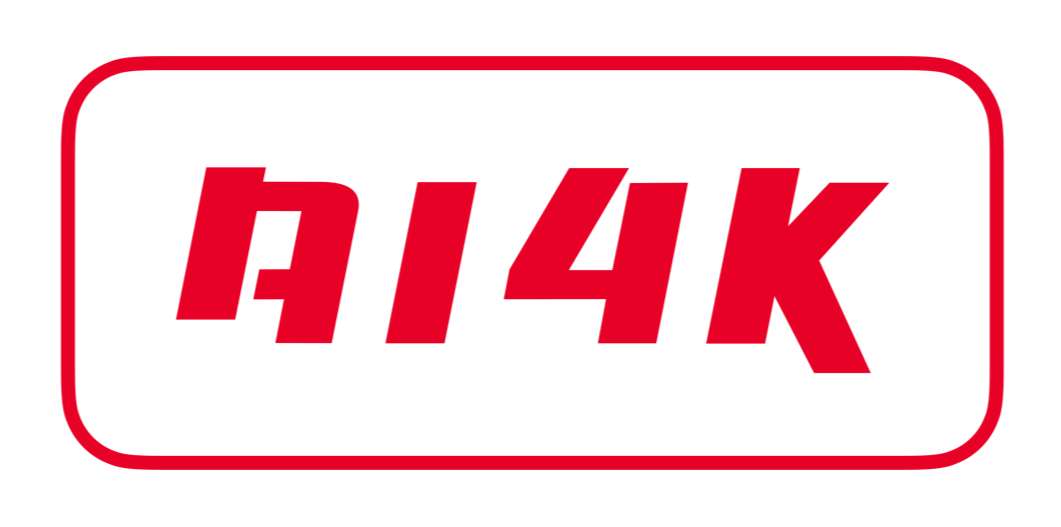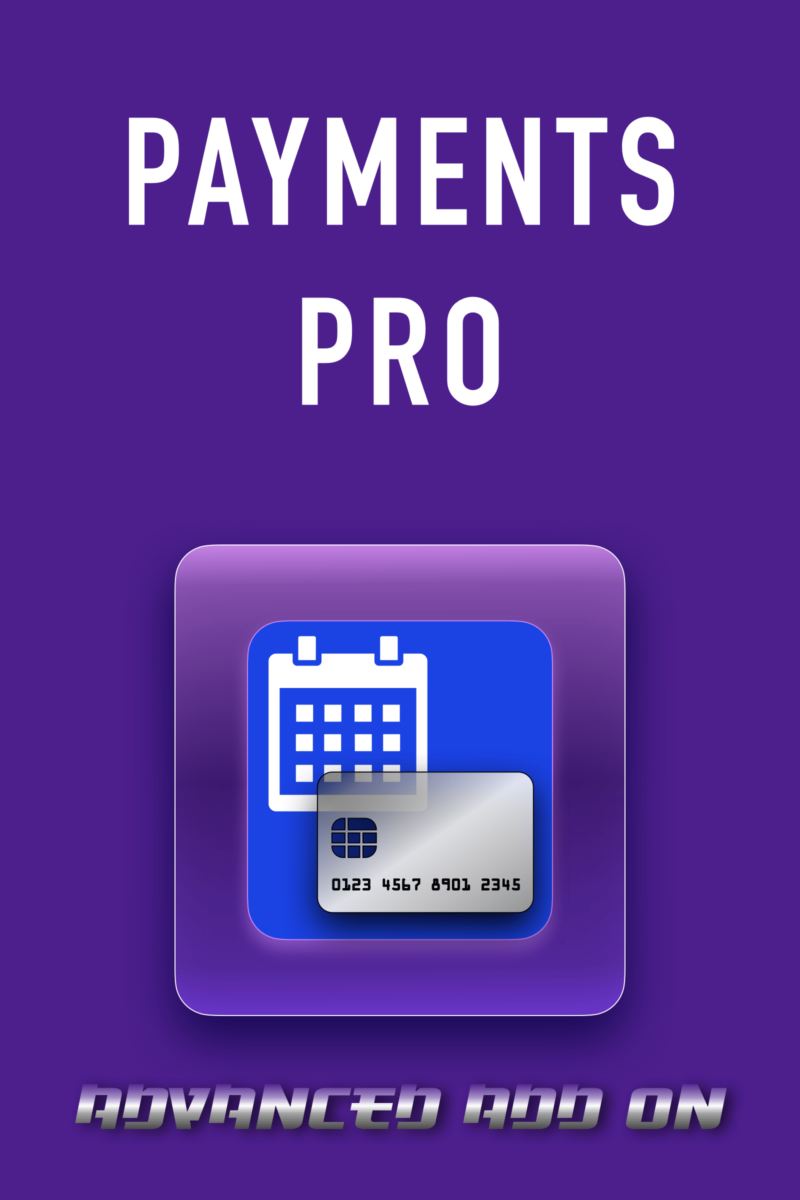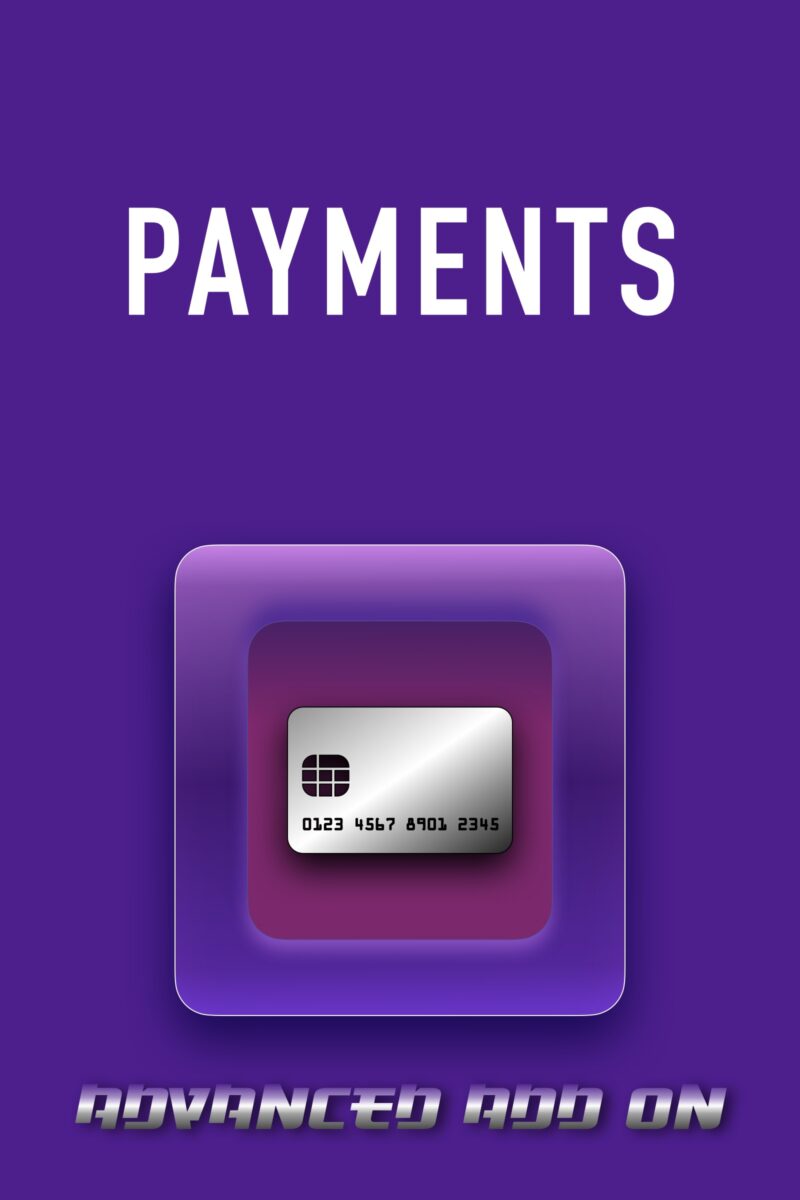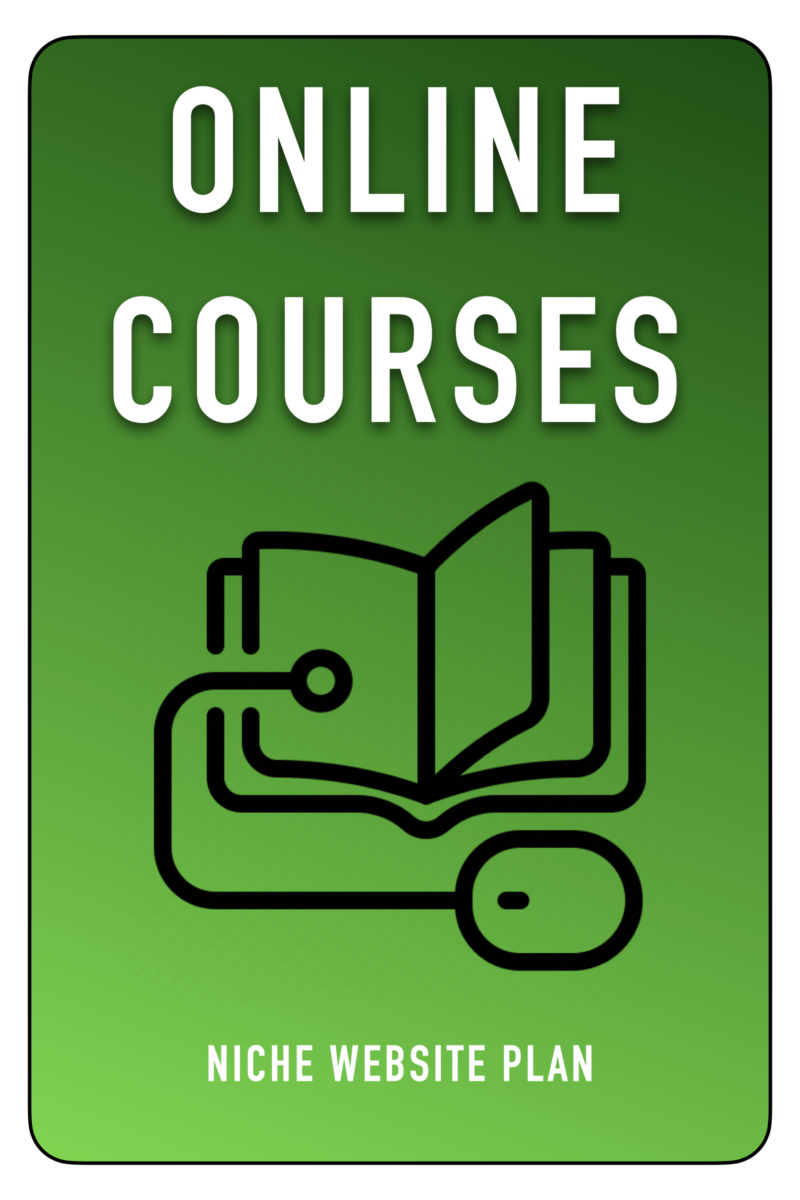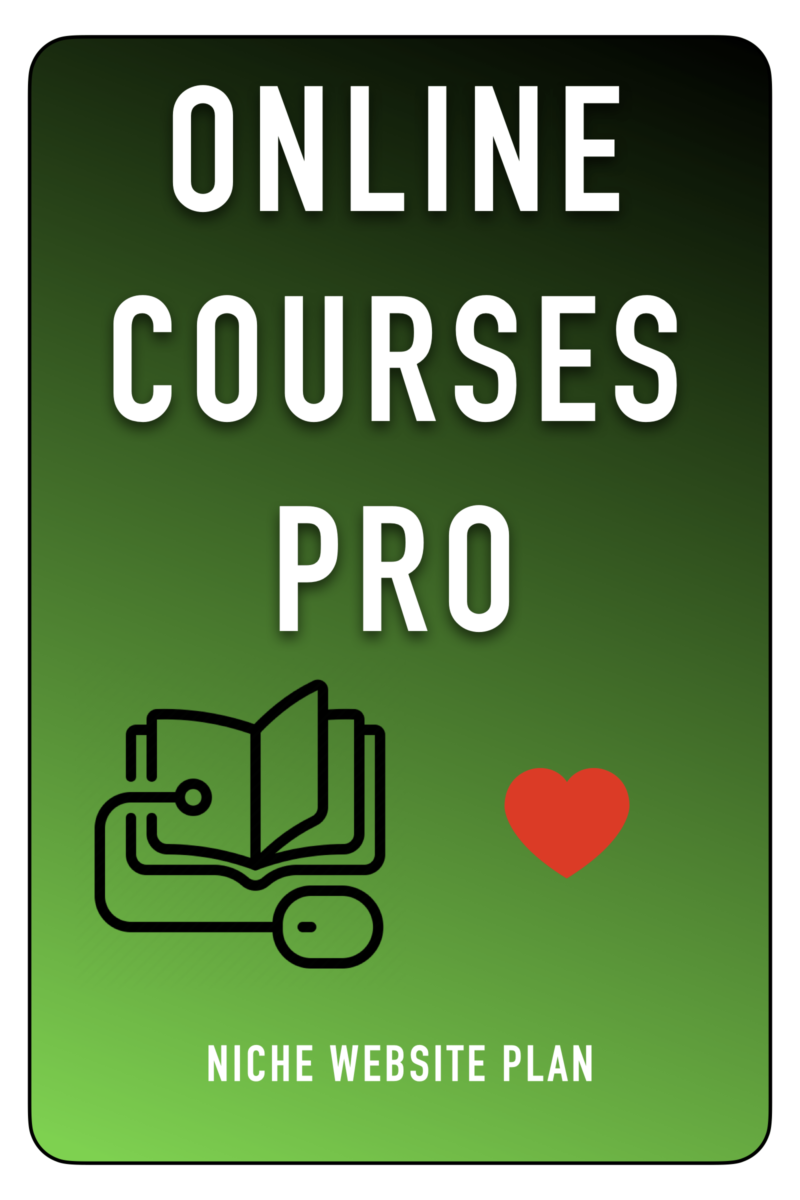Start An Online Store: First Step
The ecommerce stores sector is booming. Therefore, if your project is special and unique above all, it will be easier for you to differentiate yourself and make your way. However you should know that an idea is around the 10% of a business. Today, with whatever new idea you have, when you look on the internet, you will encounter that there are some people pointing on that product or service already.
Before planning your project, you should do an in-depth analysis giving an initial overview of what you intend to offer and the many factors that influence it.
Start an online store: Study
- First specify and describe your offer. It is essential to know what you are selling.
- Continue the analysis with your value proposition. Everything that differentiates your product or service from the rest, making your product or service unique, personal and non-transferable.
- Think about your customers and personalize your offer as much as possible.
- Monitor the competition, what they do and how they do it.
- Determine your company’s keywords and study the volume of searches on the Internet.
- Feasibility study. Provide the first data to validate previous hypotheses.
- On this last essential point, you must know that to bet on your ecommerce store you have to invest.
- You may need to register a Business, check this guide on How to create a business in Norway.
Long term vision is critical: although most of the time the costs are lower than in a traditional business, start an online store business is not free.
Start an ecommerce store: Business plan
It is not enough to come up with an idea, you have to know how to shape it and find out to what extent it is feasible.
For this it is essential to make a Business Plan, that is to say, a document in which you explain and analyze from beginning to end your business, its viability and that also serves internally to plan and manage the company.
Among its main advantages and utilities are the planning of the self-employed or entrepreneur, the search for financing, the negotiation with suppliers and the attraction of new partners.
Business plan of your Ecommerce store
Business strategy
This is the first step in the business plan. It is necessary to determine what are the differential characteristics of your project; characteristics that will be determined by the business model.
Think that your company’s strategy will not be the same if the trade is between manufacturers (B2B), if you sell to end customers (B2C), a platform for buying and selling between customers (C2C) or if it is the online channel of a physical store.
SWOT analysis when you start an online store
You must study in depth your possibilities and the degree of opportunity that your business offers through a SWOT analysis.
You have to delve into the strengths and opportunities but also into the weaknesses and threats.
This analysis has to contemplate the target audience, the offer of the competition and the characteristics of your product or service; the useful life of these, that is to say, the expiration or temporality is a determining factor.
The market and the competition
These must always be taken into account within the framework of the market study.
Your online business project cannot be analyzed in isolation but within a conglomerate, that of ecommerce, which has carved a niche in the global economy and little by little in the national economy.
Therefore, your business plan has to contemplate the size and trends of your market as well as the competition.
Customers and suppliers
Knowing your potential customer is key to respond to their needs. Clarify what they want and not what you think they want. Specify the user profile, local, national or international and even aspects such as age, gender or economic situation.
At this point it is also essential to delve into the relationship we are going to have with suppliers, how many are available and what negotiation policy we will put into practice.
Financial plan
This is the accounting translation of the entire business plan. It gathers all the information concerning the company, such as material costs, design, suppliers, logistics and possible workers, among many other issues.
Remember that as we indicated at the beginning, the implementation and management of an online store is not free and involves an outlay, although sometimes to a lesser extent than that of a physical business, can be high.
The financial plan should include a provisional balance sheet, projected income statement, cash budget, investment plan and forms of financing.
For this last basic aspect in the start-up of your ecommerce store, you can turn mainly to four resources: subsidies, Business Angels, banks and the so-called “Friends, Fools and Family”.
Online marketing plan
It is the set of strategies and tactics that must be carried out to meet the objectives in the online world.
Their main objective is to satisfy customers and therefore the profitability of the business. For its projection it is necessary to contemplate all the previous aspects, product, audience and competition.
The online marketing plan brings together various actions ranging from advertising, social media management, SEO or sales promotion. It is essential to establish the purpose of each strategy and, above all, to measure results.
